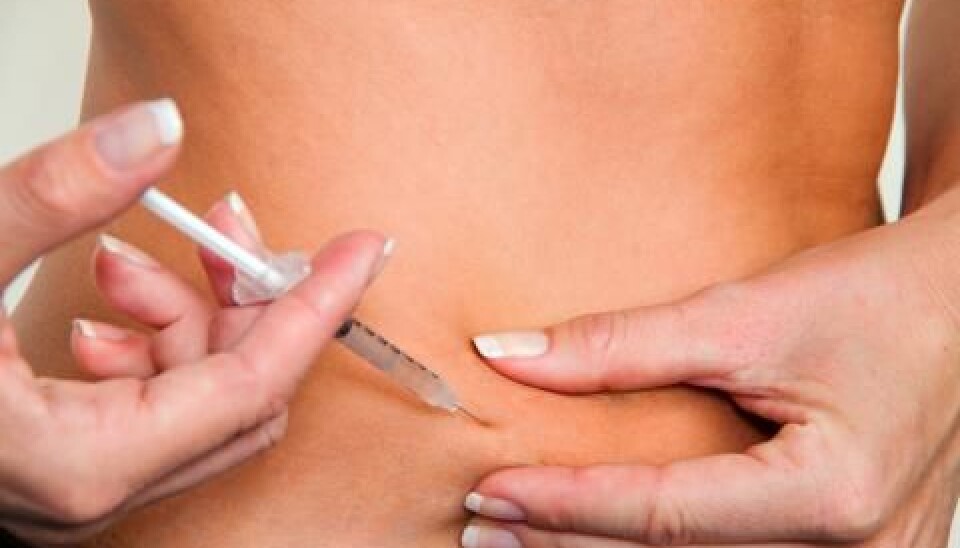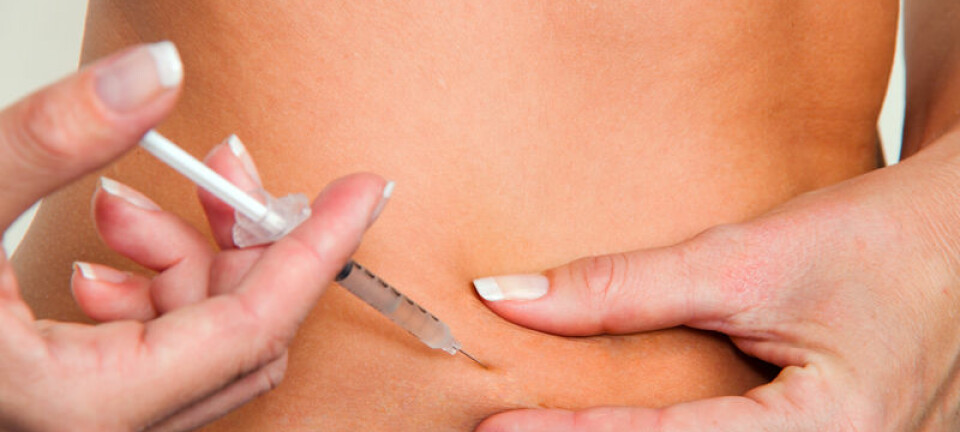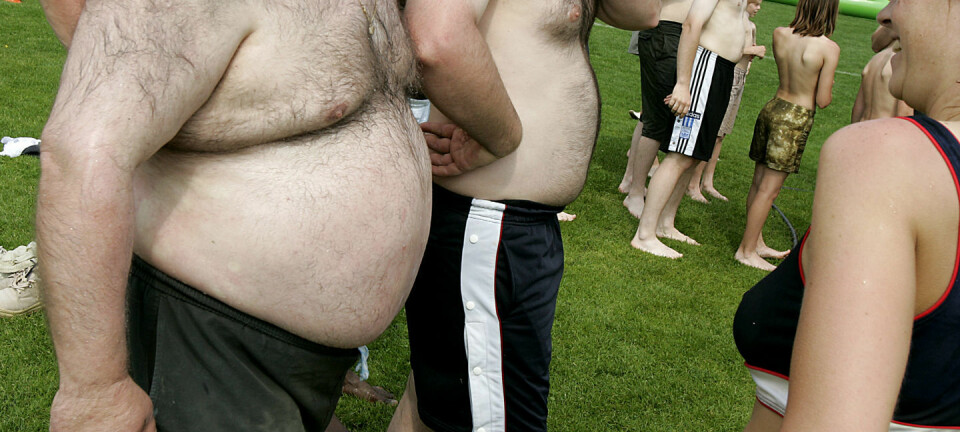
Mathematician discovers possible diabetes cure
A new mathematical analysis reveals that a simple boost of the immune system may cure type 1 diabetes. Swedish research confirms the mathematical calculations.
Scientists have yet to find a cure against type 1 diabetes, but now a Danish PhD student of mathematics may have found one.
By mathematically analysing the course of the disease, the researcher has discovered that the immune system can fight off the disease on its own, provided that it is boosted with so-called macrophages – a type of cells that function as the body’s waste collector and eat dead cells.
Swedish researchers have subsequently studied this treatment strategy in tests of mice with type 1 diabetes. They confirm the validity of the Danish analysis.
Model points to macrophages
In his as-yet unpublished study, Kenneth Hagde Mandrup Nielsen, a PhD student at Roskilde University’s Department of Science, Systems and Models, analysed a mathematical model for type 1 diabetes, which was originally developed in 2006 by Professor Leah Edelstein Keshet of the University of British Columbia and her PhD student Richard Kublik.
By tampering with the variables in the model I found that adding more macrophages into the system could prevent the development of type 1 diabetes.
The model calculates how the macrophages and other cells in the body interact in relation to insulin production in the pancreas during the development of type 1 diabetes.”
But it wasn’t until the Danish researcher started working with the model that its use in the development of a new treatment strategy against the disease became clear.
“By tampering with the variables in the model I found that adding more macrophages into the system could prevent the development of type 1 diabetes,” says Nielsen.
The cure seems counter-intuitive
Using macrophages in the treatment of type 1 diabetes seems counter-intuitive at first glance.
By giving active microphages to the NOD mice [Non-Obese Diabetic] immediately before their type 1 diabetes broke out, we managed to prevent the disease in 85 percent of all the mice. This could potentially work for humans too.
The macrophages partly contribute to the development of type 1 diabetes, since they also produce substances that increase inflammation in the pancreas, which is why type 1 diabetes breaks out in the first place.
So it may seem a bit silly to just go and add more of these macrophages. However, the mathematical model revealed that there was a threshold limit value to the amount of macrophages. If the amount passed this limit, the macrophages inhibited the development of type 1 diabetes more than they promoted it.
“My calculations showed that if you add sufficiently many macrophages, you would pass a threshold at which their anti-inflammatory effects exceed their pro-inflammatory effect.”
Diabetes prevented in 85 percent of the cases
The model’s counter-intuitive suggestion turned out to be correct, as the Swedish researchers confirm.
Their study of mice with type 1 diabetes showed that a shot of macrophages immediately after birth cured the mice of type 1 diabetes.
“By giving active microphages to the NOD mice [Non-Obese Diabetic] immediately before their type 1 diabetes broke out, we managed to prevent the disease in 85 percent of all the mice. This could potentially work for humans too,” says the lead author of the Swedish study, Professor Robert Harris, of the Karolinska Institutet in Sweden.
Model paves way for very early cure
Nielsen is hoping his discovery will lead to further research into the potential role of macrophages as medicine against type 1 diabetes.
”I can imagine that in the future it may be possible to perform tests on babies to see if they have genes for diabetes. If that’s the case, then type 1 diabetes may be cured with macrophages even before the disease breaks out.”
--------------------------
Read the Danish version of this article at videnskab.dk
Translated by: Dann Vinther
Scientific links
- Adoptive Transfer of Immunomodulatory M2 Macrophages Prevents Type 1 Diabetes in NOD Mice, Diabetes, doi: 10.2337/db11-1635
- The original model: Modelling the onset of Type 1 diabetes: can impaired macrophage phagocytosis make the difference between health and disease?, The Royal Society A, doi: 10.1098/rsta.2006.1769













